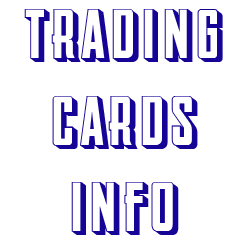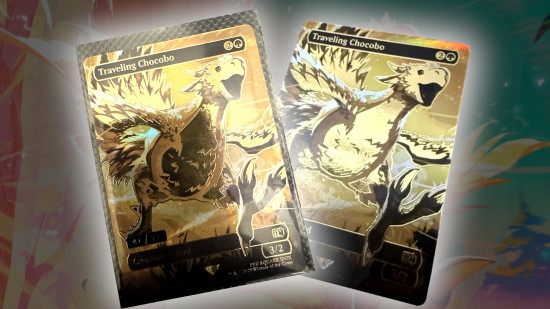Ah, Magic: The Gathering, a game that has enraptured minds, opened wallets, and created legions of loyal enthusiasts since its debut in 1993. Whether you’re casting spells in a kitchen table match or debating over which iteration of Black Lotus is best, there’s one unwelcome surprise that can rob the joy faster than a botched counterspell—finding out a cherished card in your collection is a counterfeit. As the quality of fake Magic cards has improved over the years, staying vigilant has become a wizard’s crucial skill for collectors eager to protect their troves.
Picture this: you’ve just laid hands on a sought-after card, feel its texture, admire its illustration, perhaps even fancy a congratulatory drink. But wait! Before you pop the (hypothetical) champagne, you need to ensure that your new addition isn’t the rogue spawn of a nefarious counterfeiter’s workshop. Thankfully, there’s a spellbook of sorts to help you suss out the genuine article from chicanery.
Let’s begin with our senses—specifically, touch. Genuine Magic cards possess a unique matte feel that’s recognizable to seasoned players. Imagine the touch: comforting, familiar, contrasting sharply with the slickness of wannabe imposters that might as well be cut from the menu at a laminate-happy diner. If you’re uncertain, compare your card to a land card from the same set, that trusty gauge of authenticity.
While your tactile exploration takes center stage, don’t underestimate the illuminating power of light. The light test is a torchbearer in your quest. By holding your card up to a flashlight (or, say, the lamp on your desk if you’re already sporting your spellcasting cowl), genuine cards will reveal a certain magic—light gently filters through, mixing with a distinct blue hue from the blue core nestled between paper layers. Fake cards, however, either stand obstinate and thick, blocking all light, or act like overenthusiastic ghosts, glowing too brightly.
Now, should you wish to delve deeper, consider wielding a jeweler’s loupe, preferably one with 30x magnification, like a detective with a discerning eye. This simple tool may not be made from dragon glass, but it’s equally formidable in spotting trickery. As you peer through your loupe, focus on the art and text box. Real Magic cards are bestowed with a rosette pattern—tiny dots printed in a floral ensemble. Counterfeiters frequently botch this, leaving you with smudged, pixelated ghosts masquerading as cards.
Turning your attention to text, the black ink on Magic cards’ names, mana symbols, and text is applied confidently and distinctly, unlike the illusory tactics of counterfeiters, who indulge in composite black—a coalition of dots that’s as fuzzy as a goblin’s naptime hair.
Mysteries also hide in plain sight, conveniently spied on the card’s back. Notice the green mana symbol, particularly the yellow-green border containing tiny red dots that form an upside-down “L.” Misalignments, vanishing acts, or blurry interpretations point towards forgery, a nefarious foe worthy of banishment from any respectable collection.
Those poised on the cutting edge of Magic lore will note the rise of new-age safeguards, like the holofoil stamp introduced with Magic 2015. This little oval, marking rares and mythics, should sit flush with the card, boasting microtext—planeswalker symbols, mana icons—the works. Fakes might fashion a cheap holographic mascot from another card, but the raised surface or crudely replicated graininess reveals their deceit.
Given the myriad strategies for unmasking counterfeits, some might suggest old-school methods, such as tearing or bending cards. Resist the urge! Modern counterfeiters are tricksters of the highest order, well-versed in these tests. Besides, you might end up destroying a card that was perfectly legitimate. Stick to non-destructive methods, keeping your precious cardboard treasures intact.
For the modern collector, authenticity isn’t a single method, but rather a gathering of evidence like assembling a party in an RPG. Trust what your fingers, eyes, and lenses tell you. Compare, contrast, and scrutinize with the diligence of a scholar in a spell library.
Ultimately, by weaving together these techniques, your detect-o-meter will sing in concert with the intuition of a seasoned collector. Armed with these tips, you can ensure your collection remains untarnished, a treasure trove honest in its heart, echoing the spirit of Magic: The Gathering itself—an ageless pursuit of creativity, strategy, and an ever-unfolding tapestry of stories written card by card.

